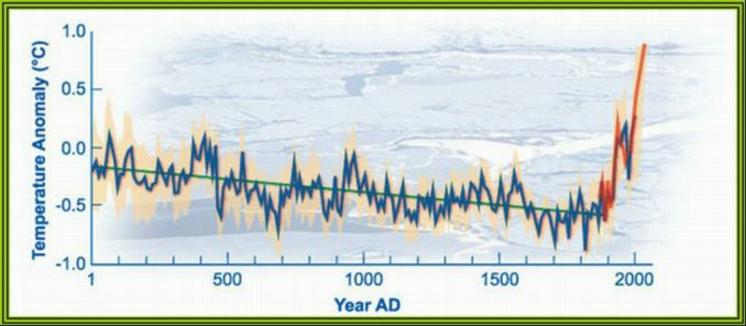I don't remember ever hearing about this from any Climate Scientist...
PARIS, July 24, 2011 (AFP) - "Dirty Dozen" chemicals, including the notoriously toxic DDT, are being freed from Arctic sea ice and snow through global warming, a study published on Sunday suggested.
The "Dirty Dozen" — formally known as persistent organic pollutants (POPs) — were widely used as insecticides and pesticides before being outlawed in 2001. They are extremely tough molecules that take decades to break down in nature. They also bio-accumulate, meaning that as they pass up the food chain, concentrations rise, posing a fertility threat to higher species. In addition, they are insoluble in water and easily revolatilise, so can swiftly transit from soil and water to the atmosphere in response to higher temperatures.
The study, published in the scientific journal Nature Climate Change, looked at atmospheric concentrations of three chemicals — DDT, HCH and cis-chlordane — monitored between 1993 and 2009 at a station in Norway's Svalbard Islands and at another in the Canadian Arctic. The scientists indeed found a long-term downward trend in primary emissions after the Stockholm Convention banned production and trade in the "Dirty Dozen."
But a more complex and disturbing picture emerged when the same data was crunched through a simulation of the effect of global warming on POP concentrations.
